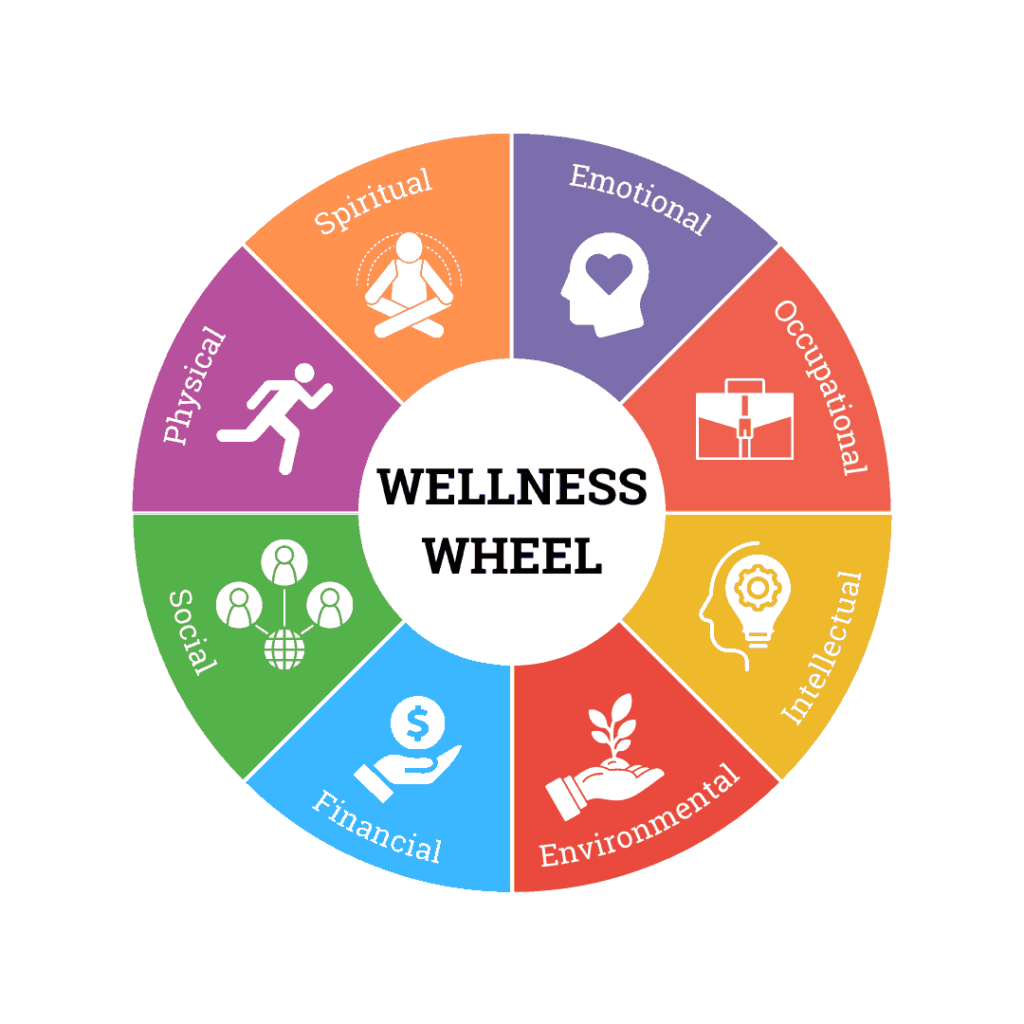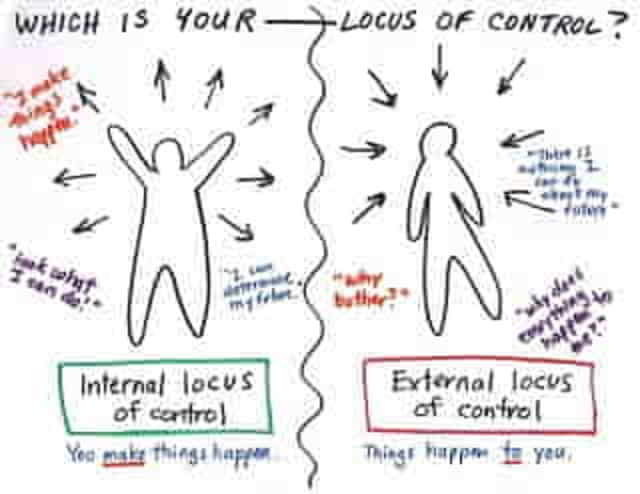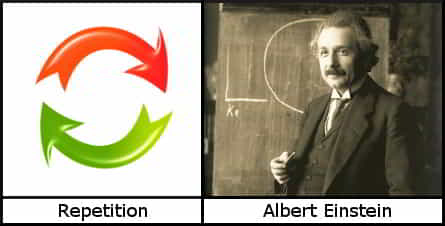by Adam Briggs Guardian 28 November 2015
The food writer Michael Pollan summed up how to eat healthily: “Eat food. Not too much. Mostly plants.”
It is unlikely that when the British and American governments issue new dietary guidelines the advice will be quite so succinct, or sensible.
National dietary guidelines are being reviewed on both sides of the Atlantic in the light of new evidence on food and health. The timing of the announcements presents a unique opportunity to also consider the impact of diet on climate change, coinciding, as they do, with the climate change summit in Paris.
Food and climate change are inextricably linked: global warming and changes in rainfall have a major impact on our food security, and our diets are a major source of greenhouse gas emissions. Agricultural emissions are thought to account for around 30% of global emissions, with livestock responsible for half of these. Although there is a role for improved farming practices to reduce emission intensity, dietary patterns will need to change to avoid catastrophic consequences.
At first sight, adopting a diet that is both sustainable and healthy may seem hard. Just determining the exact carbon footprint of different foods is a challenge. How is the food grown? What land is used? How is it transported and packaged? And there are other important considerations: food production is responsible for about 70% of all human water use, is the leading cause of global deforestation and biodiversity loss, and rearing livestock accounts for 30% of the planet’s land surface. Is it even possible to grow enough sustainable calories to feed the world?
But it doesn’t need to be that complicated. For example, ruminants (such as beef and lamb) dominate emissions from livestock and are high in unhealthy saturated fats; conversely, fruit and vegetables are relatively low in greenhouse gas emissions and provide significant health benefits. Therefore, eating more fruit and vegetables but less beef and lamb is likely to be both healthier and more sustainable.
And small changes can make a big difference. Producing 1kg of beef requires 15,000 litres of water, 30kg of carbon dioxide or equivalent greenhouse gas emissions, and 5m2 of land. Compare this with potatoes, for example, where producing 1kg requires just 290 litres of water, 0.5kg of carbon dioxide emissions and 0.6m2 of land.
Greenhouse gas emissions also have economic implications. In 2007, the UK government estimated that the shadow price of carbon – the cost to society of the problems caused by emitting greenhouse gases – was £25 per tonne of carbon dioxide.
If, as was recently suggested by the Chatham House thinktank, this shadow price was factored into the cost of UK food with high emissions, the resulting changes to the UK diet could lead to emission reductions of nearly 19m tonnes of carbon dioxide.
This is equivalent to 85,000 Boeing 747 flights between London and New York, the annual energy use of 1.5 million homes, or taking 3.5 million cars off the road for a year. With the US population five times that of UK, one can imagine the implications there.
So if sustainable healthy diets don’t have to be complicated or costly, why don’t official food guidelines follow Michael Pollan’s advice? Well, one reason may be because there is not much profit in it. At least not for the players that currently have a big stake in the food market. If people stopped eating packaged foods, sugar or meat it would seriously affect the profits of some of the biggest global food corporations. It is worrying how much our dietary guidelines are informed by industry interests. A 2003 WHO expert report recommended that our daily intake of free sugars should be no more than 10% of total energy. Outcry and threats from the sugar industry meant the recommendation never made it into the WHO’s Global Strategy on Diet, Physical Activity, and Health. The newly released 2015 WHO guidelines at least do include the 10% restriction on sugar intake. Recently Sweden included sustainability in its dietary guidelines in the face of stiff criticism from industry, an experience mirrored in the US where the American Dietary Guidelines Advisory Committee (DGAC) recommended that dietary guidance should take account of food’s environmental implications. Then in October, despite President Obama beginning to take on climate change as part of his presidential legacy, his cabinet secretaries in charge of the 2015 guidelines announced that there would be no place for sustainability. The US Congress is now legislating to prohibit the DGAC from mentioning anything other than diet and nutrient intake in any future report.
In the UK, it is unclear whether the dietary guidelines currently under review (a revision of Public Health England’s eatwell plate) will incorporate environmental sustainability. However, such an inclusion would be a surprise given the Conservative government’s recent track record on climate change.
Ahead of the talks in Paris, both the US and the UK should be sending a strong signal to the rest of the world that diet has a major impact both on our health and on the future of our planet. The US has emphatically failed to embrace this opportunity and there is very little reason to be optimistic about the UK. The recent row about sugar taxes shows that the current government is unlikely to stick its neck out when it comes to challenging the food industry. This is a missed opportunity with implications far beyond politics and economics: the planet is at stake.
YouDrive thinks:
We know that eating processed meats makes cancer more likely, but the impact is lower than say smoking or drinking alcohol. The impact on the planet seems to be significant, though, and as population grows we might have to address this.









